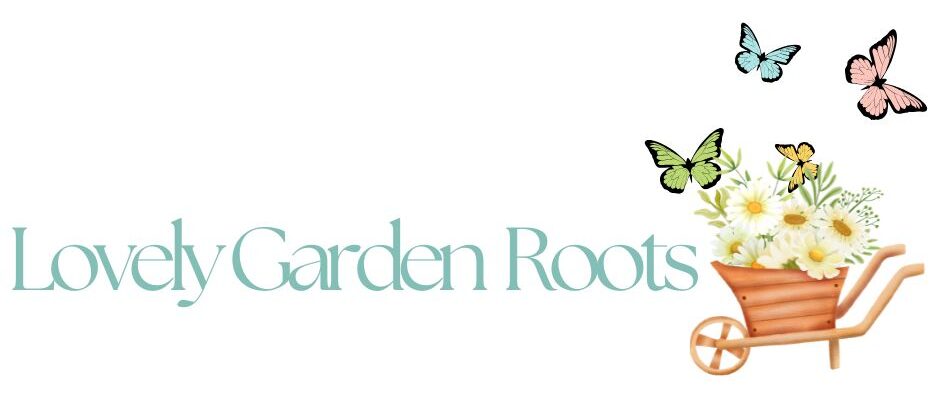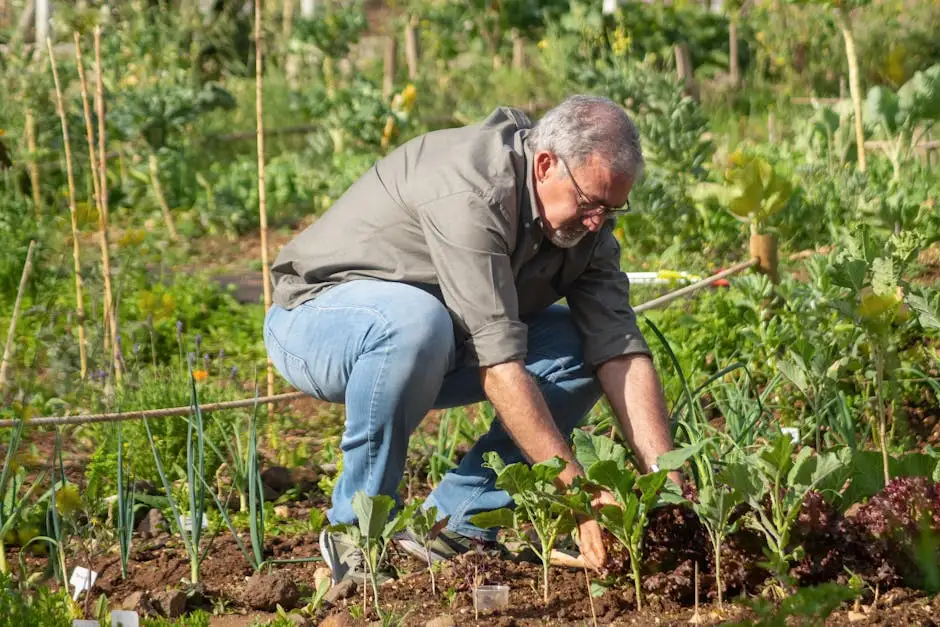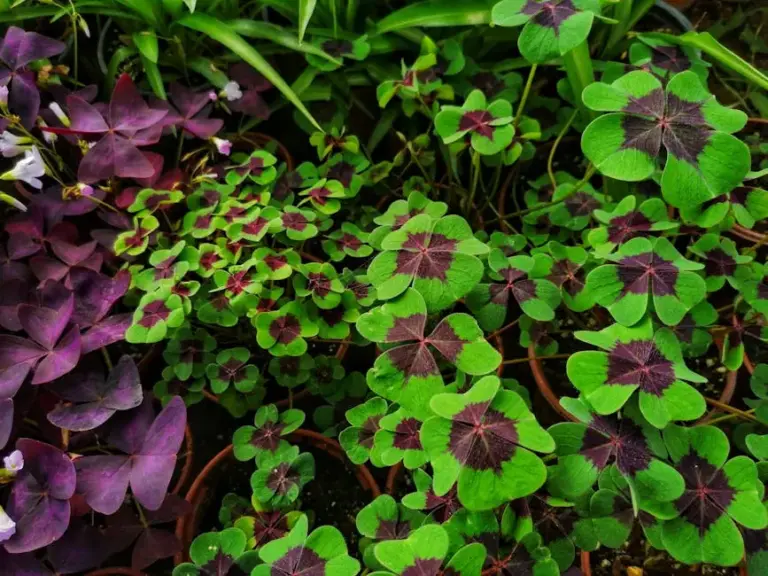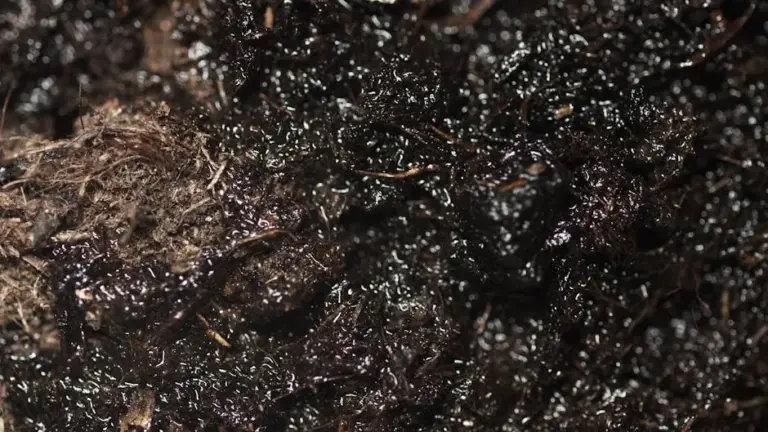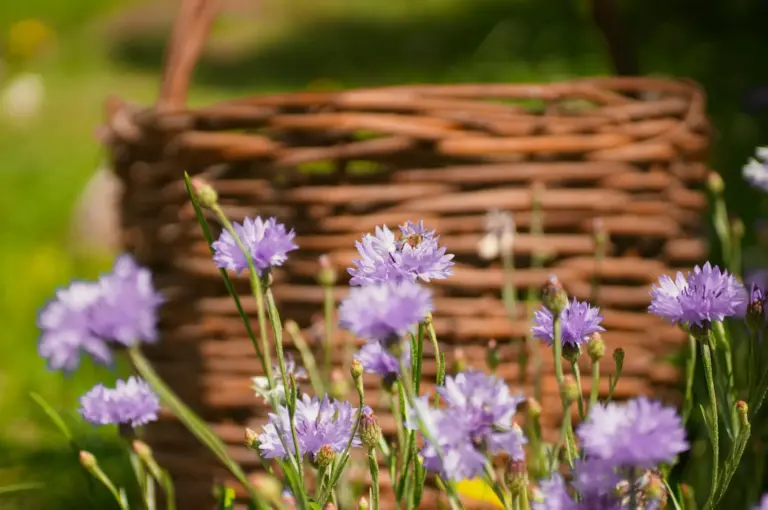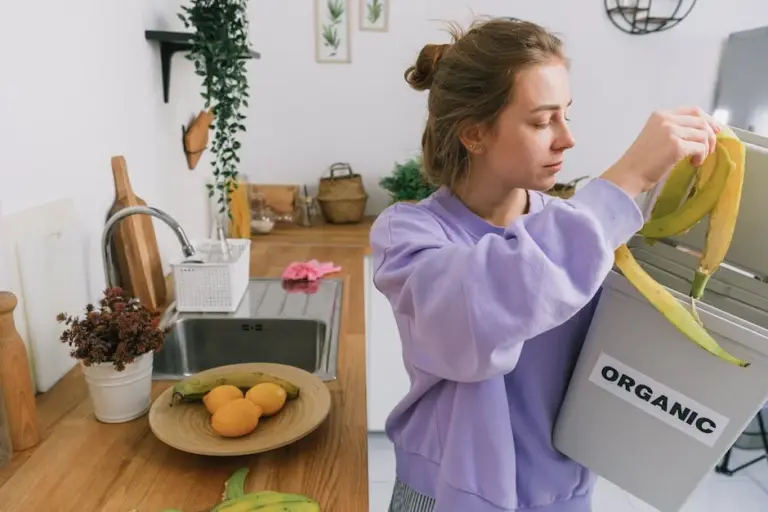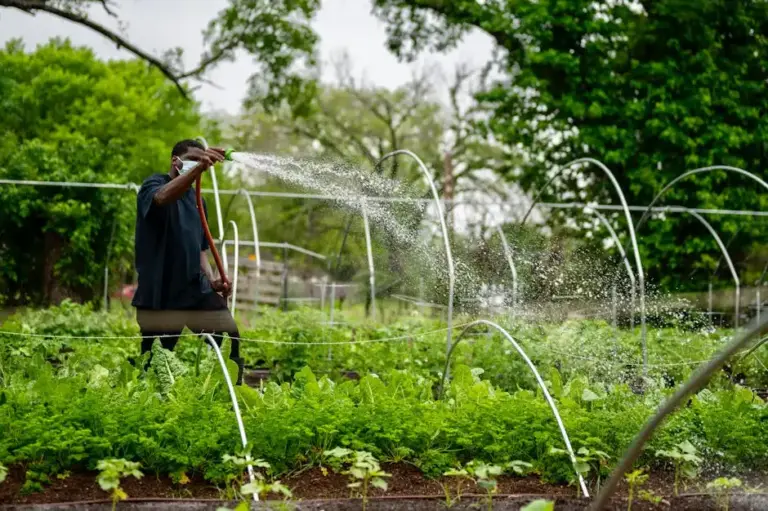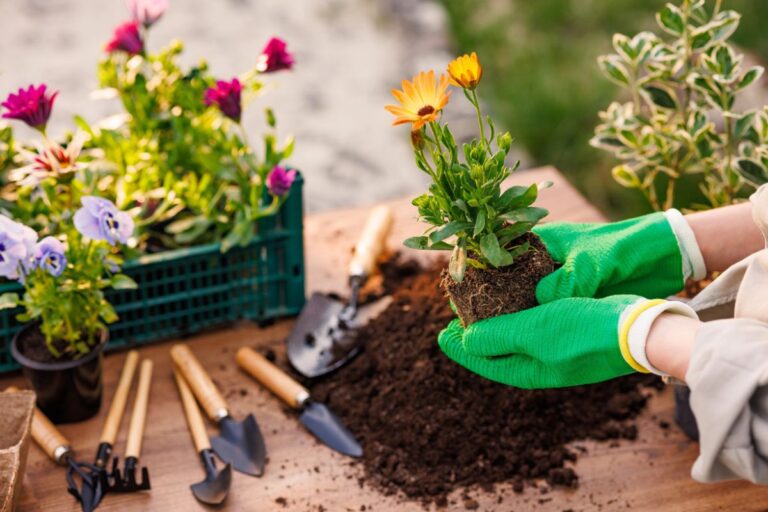The Ultimate Guide to Organic Gardening for Beginners
Organic gardening offers a way to grow fresh, healthy produce while caring for the environment. Whether you have a small balcony or a backyard, you can create a thriving garden without using synthetic chemicals.
This guide will help you understand the basics so you can start your own organic garden with confidence and enjoy natural, chemical-free food. You’ll learn what you need to know to get started and feel comfortable throughout your gardening journey.
Understanding Organic Gardening Principles
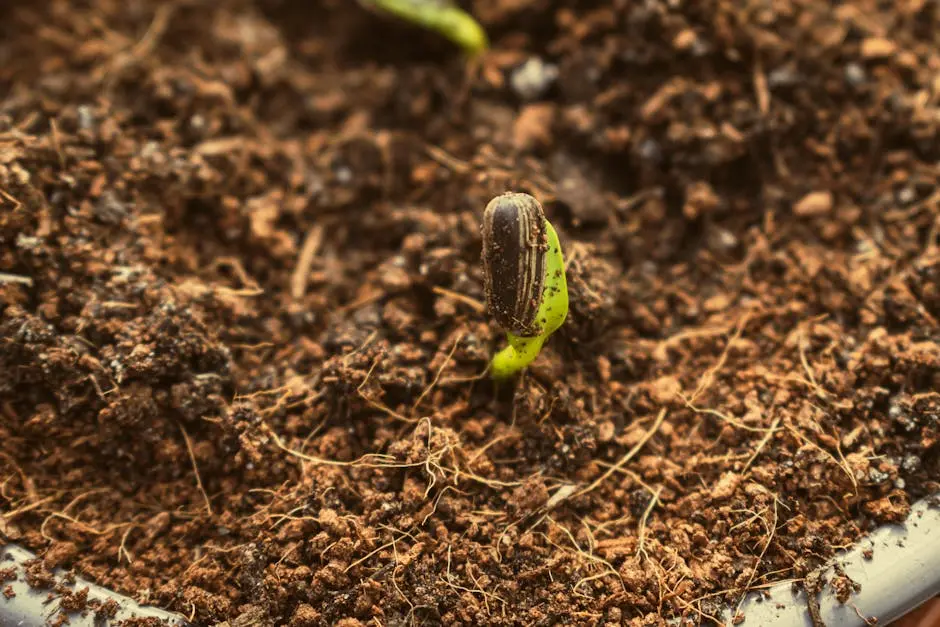
Organic gardening focuses on working with nature instead of against it. You aim to support healthy soil, promote biodiversity, and avoid synthetic chemicals.
Healthy soil is the foundation. You build it by adding organic matter like compost, which helps plants grow strong and resist pests naturally.
You also encourage beneficial insects and microorganisms. They help control harmful pests and keep your garden balanced.
Choosing organic seeds and using natural pest control methods are important. This keeps your garden safe and eco-friendly.
Choosing the Right Garden Location
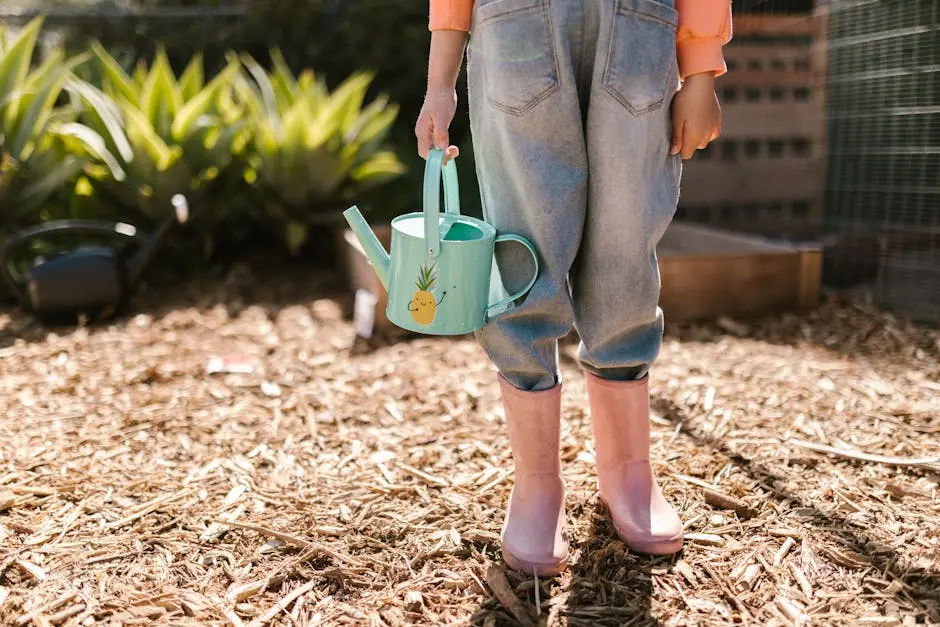
Start by picking a spot that gets at least 6 hours of sunlight every day. Most vegetables and herbs need plenty of light to grow well.
Make sure the area drains well to avoid waterlogging, which can harm your plants’ roots.
If you don’t have much space, consider using containers or raised beds. These can go on patios or balconies and still give you a great spot to grow.
Also, check if your chosen location has easy access to water, so watering your garden won’t be a chore.
Testing and Improving Soil Health
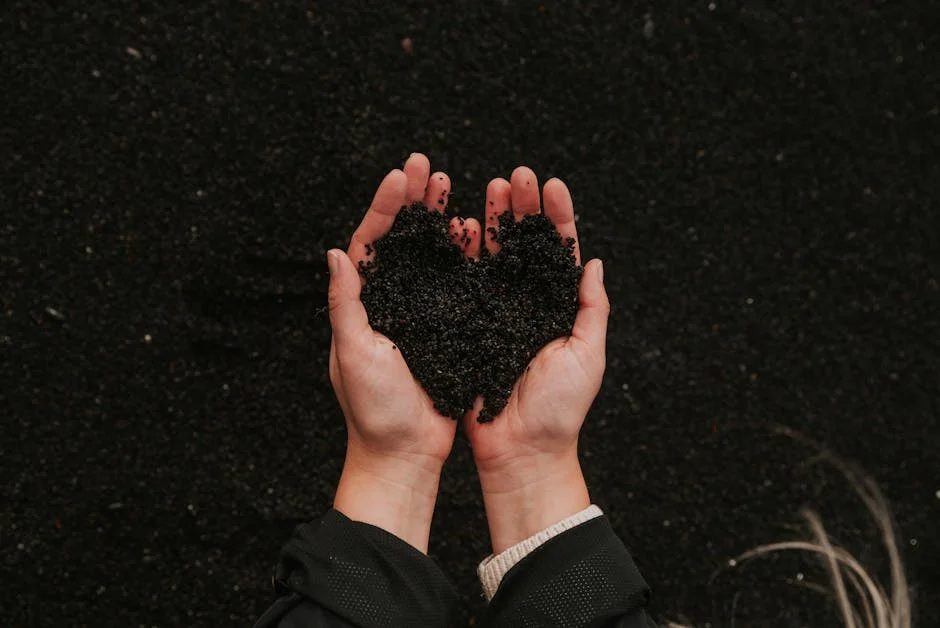
Testing your soil helps you understand what nutrients it has and what it might be missing. You can check pH levels and nutrient content to give your plants the right care.
Improving soil health means adding organic matter like compost and mulch. These help retain moisture and support beneficial organisms in your garden.
Avoid synthetic chemicals by using natural fertilizers and organic amendments. This keeps your soil healthy and supports plant growth in a sustainable way.
Regular testing and care make your garden a thriving ecosystem, providing strong roots and healthy plants throughout the growing season.
Selecting Non-GMO Seeds and Heirloom Plants
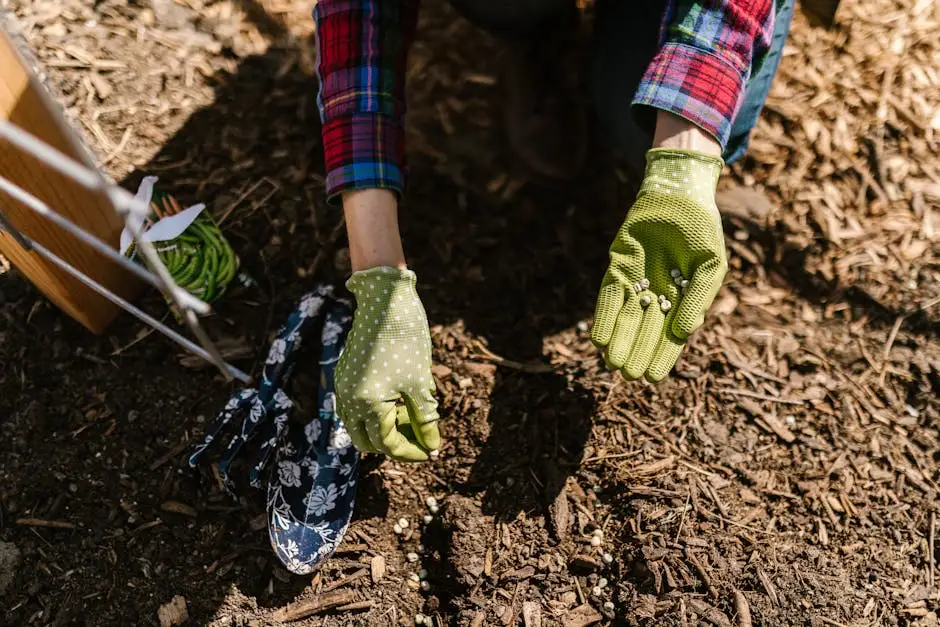
When choosing seeds for your garden, non-GMO options help you avoid genetically modified traits. This means you’re working with plants closer to their natural state.
Heirloom plants come from seeds passed down through generations. They often offer unique flavors and maintain genetic diversity in your garden.
Picking non-GMO heirloom seeds supports sustainable gardening. These plants tend to adapt well to local conditions and help preserve important plant varieties.
You can find quality non-GMO and heirloom seeds from trusted organic sellers. Starting with these seeds gives your garden a solid foundation for healthy growth.
Starting with Easy-to-Grow Vegetables Like Tomatoes and Lettuce
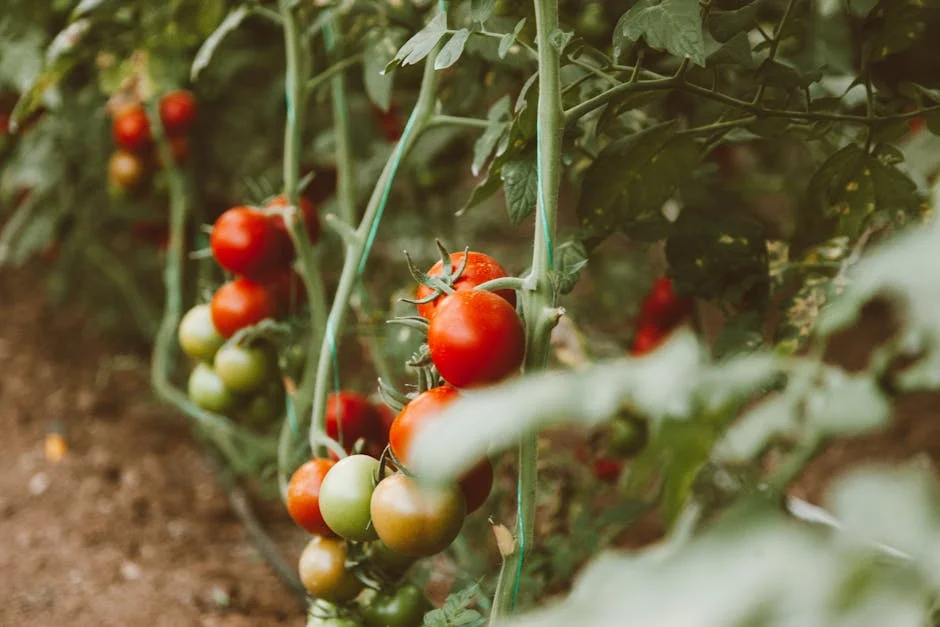
When you begin organic gardening, choosing easy vegetables helps build your confidence. Tomatoes and lettuce are great options because they grow quickly and require minimal care.
Tomatoes can thrive in containers or garden beds with good sunlight. Lettuce grows fast and can be harvested multiple times by cutting leaves instead of pulling the whole plant.
Both vegetables adapt well to different conditions, making them suitable for beginners. Starting with these simple crops lets you enjoy fresh, homegrown food with less hassle.
Creating Compost for Natural Fertilization
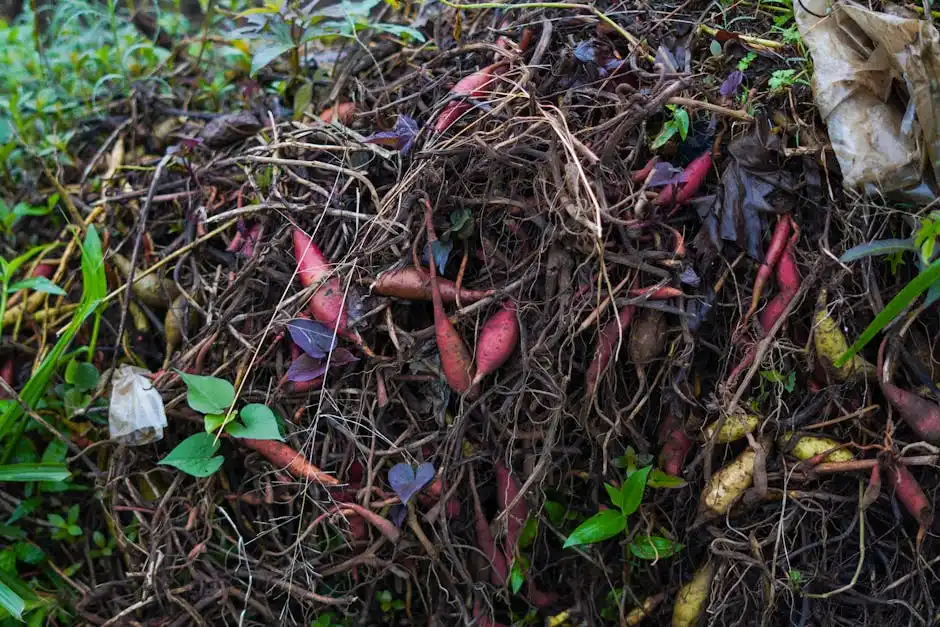
Composting is a simple way to turn your kitchen scraps and yard waste into nutrient-rich soil. By doing this, you reduce waste and create natural fertilizer for your garden.
Start with layers of organic materials like vegetable peels, leaves, and grass clippings. Keep the pile moist and turn it regularly to help break down materials faster.
You’ll end up with rich compost that improves soil health, helping your plants grow strong without chemicals. It’s an easy and eco-friendly practice you can do at home.
Implementing Crop Rotation and Companion Planting
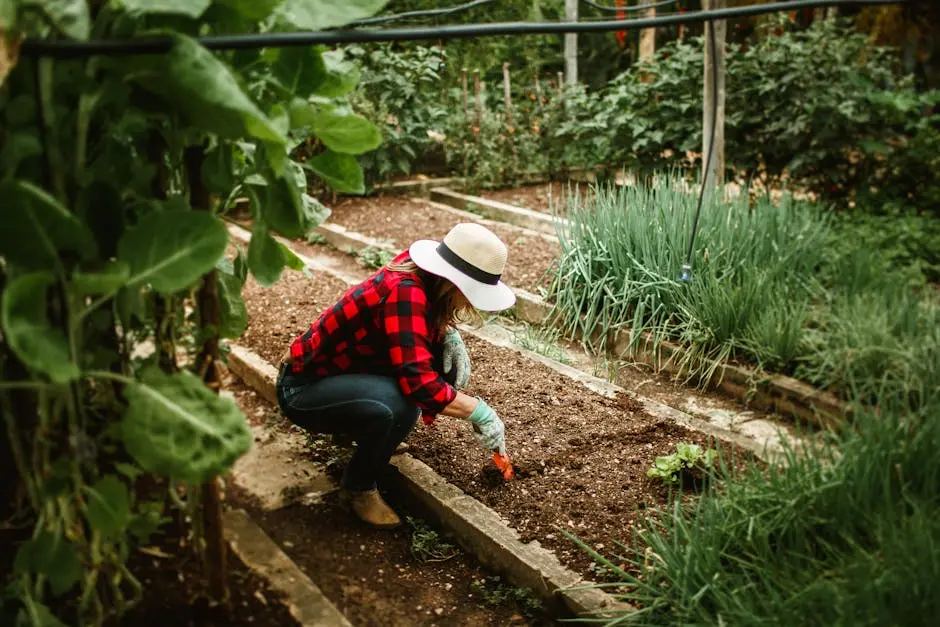
You can boost your garden’s health by rotating crops each season. This prevents soil depletion and reduces pests naturally. Different plants need different nutrients, so switching where you plant helps keep your soil balanced.
Companion planting means growing certain plants together to help each other out. For example, some plants repel pests that might harm their neighbors. This way, you rely less on chemicals and encourage a healthy garden ecosystem.
Both practices take some planning but work well together. By rotating crops and pairing plants wisely, you can create a more productive and resilient garden year after year.
Using Natural Pest Control Methods
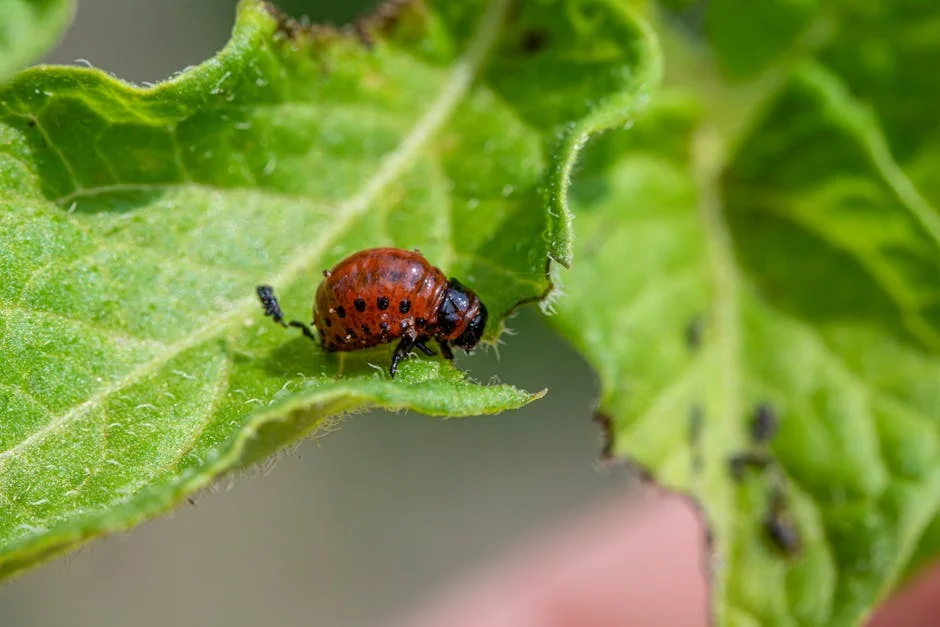
You can protect your garden by using natural pest control techniques that avoid harmful chemicals. Companion planting is a simple way to do this—you pair plants like marigolds or basil with your vegetables to repel pests naturally.
Beneficial insects, such as ladybugs and lacewings, help keep harmful bugs in check. Encouraging these helpful bugs supports a balanced garden ecosystem.
You might also try homemade sprays using ingredients like neem oil or garlic. These solutions are gentle on your plants but discourage pests from sticking around.
By choosing natural methods, you support both your garden’s health and the environment.
Watering Techniques for Healthy Plants
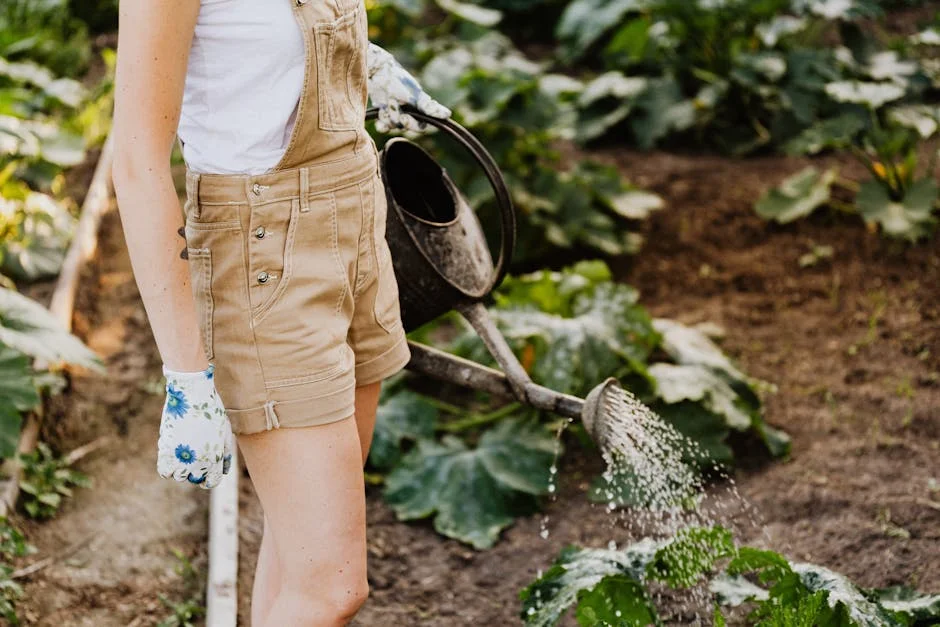
You want to water your plants just right—not too much, not too little. Check the soil before watering; if it feels dry an inch below the surface, it’s time to water.
Morning is the best time to water. It lets the plants absorb moisture before the heat of the day. Avoid watering in the evening to prevent fungal problems.
Use gentle watering methods to avoid soil erosion and damage to roots. A watering can or drip irrigation works well for steady, even moisture.
Recognizing Plant Maturity and Harvesting Tips
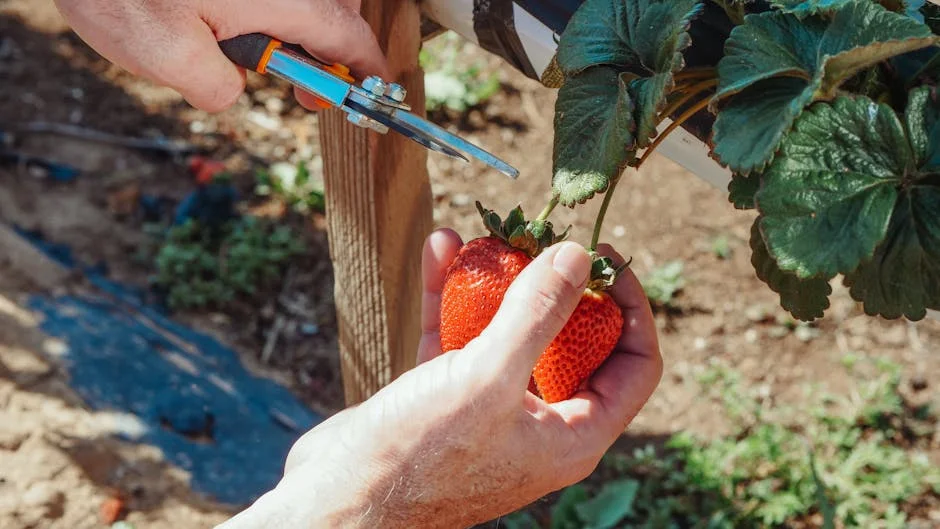
You’ll know your plants are ready to harvest when you see signs like full color, size, and firmness. Different vegetables show maturity in different ways, so observe closely.
Harvesting at the right time ensures the best flavor and nutrition. Pick gently to avoid damaging the plant or surrounding crops.
Use clean, sharp tools to cut vegetables when needed. It helps the plant heal faster and reduces the risk of disease.
Remember to check your garden regularly. Some vegetables mature all at once, while others may need multiple harvests over time.
